This is the first of a two-part article outlining the restoration of the Apollo Guidance Computer (AGC), and Samtec’s participation in the process, to commemorate the 50th anniversary of the Apollo 11 landing. (Here is the link to part 2)
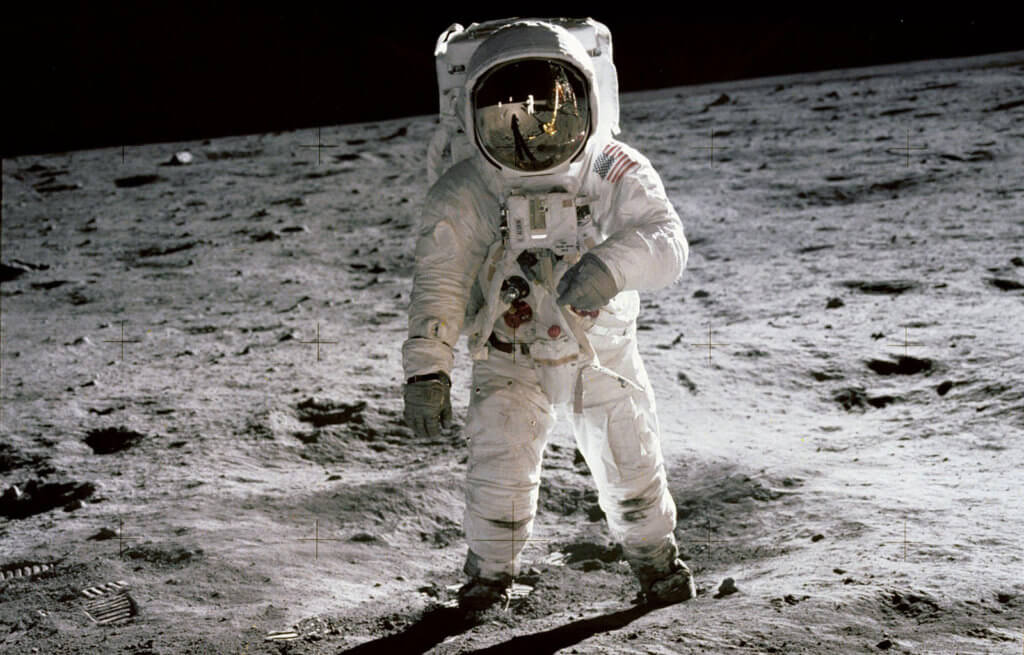
If you’re like me, you’re watching and reading about the upcoming 50th anniversary of the Apollo 11 lunar landing. The achievement is all the more remarkable considering the archaic (by today’s standards) technology that got us there and back.
I’m proud that Samtec plays a role in commemorating the 50th anniversary of the technology of that event. This blog, and part two coming next week, tell you about our involvement in restoring the Apollo Guidance Computer.
For me this story began with an email last Fall from my co-worker Marc Verdiell, the Chief Technology Officer of the Samtec Optical Group in Santa Clara, California. In his spare time Marc is part of a small group that restores vintage computers. We both have an appreciation for history, and Marc told me about a new project he was working on.
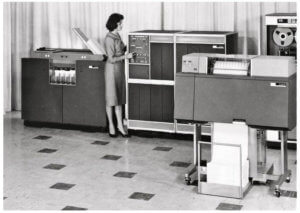
Years ago Marc joined a volunteer group at the Computer History Museum in Mountain View, California. He was a member of the restoration team on the IBM 1401 mainframe. The 1401, one of the very first transistorized computers, is a room-sized iconic mainframe from the early 1960’s. It has been restored to full functionality by the team.
Marc later teamed-up with two other well-known restorers he met at the museum, Carl Claunch and Ken Shirriff. Their successful restoration of a rare Xerox Alto, an 18 month effort chronicled on YouTube, made them “famous” in the world of computer restoration. If you’re not familiar with the Alto, it’s been described as both the mother of all modern personal computers and the machine that famously inspired Steve Jobs to create the first Macintosh.
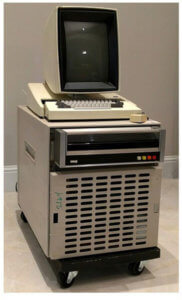
Ken Shirriff’s Blog
www.righto.com
On the heels of the Alto restoration, his group was contacted to restore an even rarer computer, the Apollo Guidance Computer (AGC), in time for the 50th anniversary of the Apollo 11 moon landing.
The AGC is the computer that navigated Apollo spacecraft to the moon and back, including the landing and ascent of the Lunar Modules to the moon’s surface. Both the Command Module and the Lunar Module had their own computer.
It turns out one of the bigger challenges in getting the AGC to work was the restoration of the connectors. Verdiell and I both work at Samtec (obviously), and he asked if we could design, build, and donate replacement connectors for the AGC. This is tricky because the connectors that needed to be replaced were 1960-era products and are no longer available. Further complicating matters was Samtec opened its doors in 1976 and never made these types of connectors. However, Marc had copies of the original prints and we got to work.
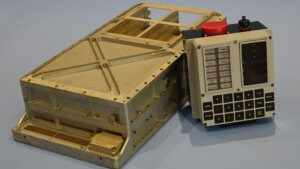
That said, this story really began in 1976, when Jimmie Loocke, a former technician at the NASA Manned Spacecraft Center (now Johnson Space Center), was looking for budget electronic components at a recycler’s warehouse. He recognized some of the materials from the Apollo project that he had previously worked on, including Lunar Modular components. He ended up buying two tons of metal and hardware to save them from being scrapped. Included in this purchase was a Lunar Module AGC.
Much later, in 2004, Loocke showed the AGC to Eldon Hall, the original chief architect of the AGC for NASA. Hall opened it, and the computer was in such good condition that they started to wonder if it could be turned on. Not only was it in pristine condition, but more importantly, it was not potted.
Loocke eventually met Mike Stewart, an AGC fanatic extraordinaire, who for years had been working on gathering comprehensive AGC documentation for creating his own replica. Stewart was the first to make a working, gate-exact reproduction of the computer’s hardware using a modern FPGA. Stewart had seen the video of Hall disassembling the AGC, and Hall introduced Stewart to Loocke. Jimmie and Mike decided to power-up the AGC, and that’s when they contacted the team of Marc Verdiell, Carl Claunch, and Ken Shirriff.
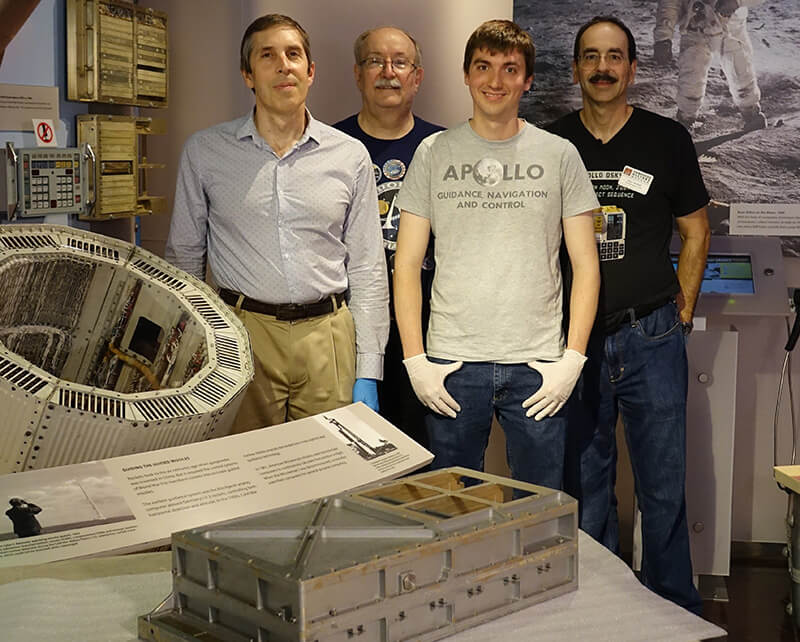
And next week I’ll tell you the second part of this story which chronicles the challenges of restoring the AGC to working condition …